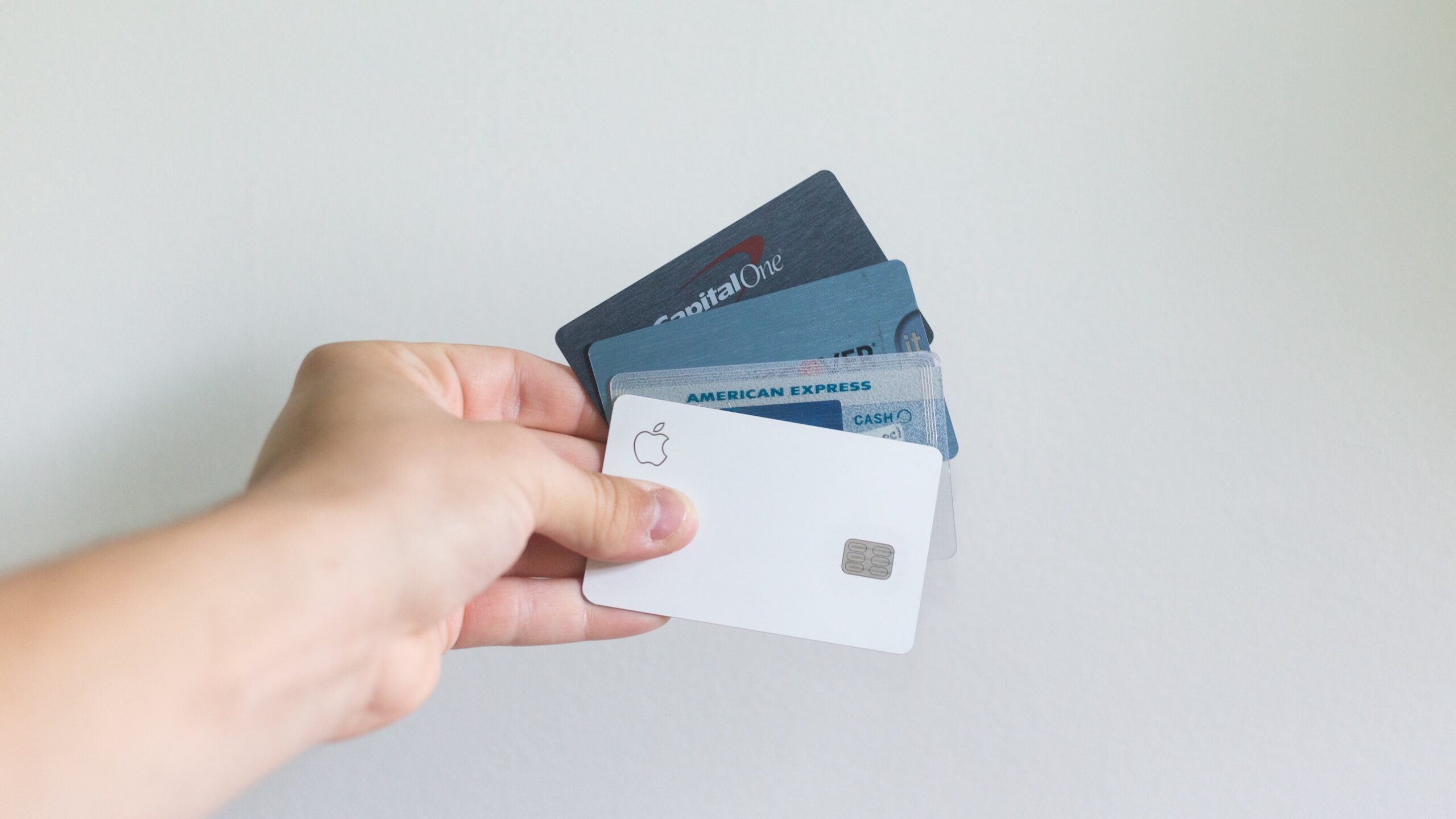Account-based ticketing (ABT) can enable the decoupling of payments from transit ticketing. But in most ABT implementations payments remain tightly coupled to a single funding source – EMV contactless bank cards. Some have argued that transport operators, banks and payment schemes should not be dictating how customers pay for their journeys. They say improving the convenience of public transport includes maximising customer choice in terms of how they pay for their journeys. Therefore, if innovative mobility services are to evolve and flourish, they will need decoupled (or loosely coupled) payments.
Key Questions:
- Doesn’t customer convenience mean that customers should decide how they want to pay – with funds from a transit card, credit card, bank account, mobile wallet, PayPal, Wechat, Paytm?
- Will the existing tightly coupled payments providers (contactless transport cards and EMV contactless payments) be able to support all the new mobility and micro-mobility providers?
- As door-to-door journeys use private mobility or micro-mobility services for first and last mile, is it always feasible to pay all mobility providers in the journey using the same payment product?
- “Embedded mobility” will allow customers to search for and purchase mobility services from within other consumer apps – will those companies use the same payments provider as the mobility company?
- Mobility-as-a-Service (MaaS) providers already have a difficult business case – would it be in their interests to offer their customers the widest range of payment options possible?
Peter Roeleven, Associate at Osmodal recently presented at the APSCA Mobily Payments Asia Pacific conference in September 2021.
You can watch Peter’s presentation here:


